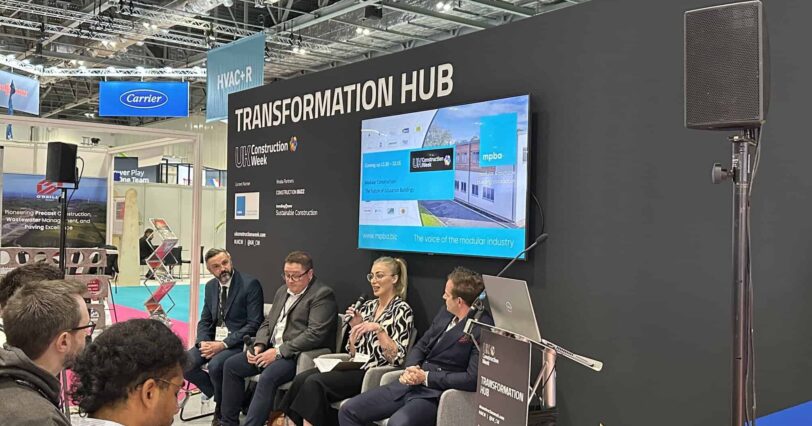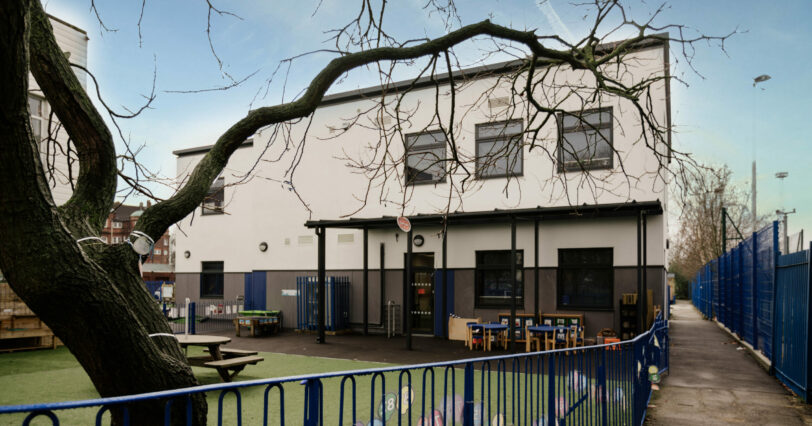The construction sector hasn’t been renowned for sustainability in the past but over the next few decades, this could all change…
Thanks to government initiatives and the innovative, forward-thinking of companies such as NetZero Buildings, the industry is starting to move in the right direction. So, what exactly does the future hold for sustainable buildings?
New potential
In 2006, the government made the ambitious pledge to make all new-build homes zero carbon by 2016, paving the way for sustainable development in the UK. The initiative was to be supported by tighter energy efficiency standards and a scheme which would allow housebuilders to deliver equivalent carbon savings off-site. Unfortunately, the policy was dropped in 2015.
Now in 2019, the term ‘net zero’ has become a major talking point, after the UK became the first major economy in the world to pass legislation to end its contribution to global warming. Recommended by the Committee on Climate Change, the target will require the UK to bring all greenhouse gas emissions to net zero by 2050. However, reaching this new goal will not be easy as the country will have to wean itself entirely off fossil fuels such as natural gas, petrol and diesel.
Significant energy and emissions savings
The construction sector has been identified as the area where the most significant energy and emissions savings can be made. Most fossil fuels are burnt through the built environment, with buildings generating approximately 45% of CO2 emissions. For example, homes produce an overwhelming 64 million tons of pollution every year in the UK through heating and lighting — while schools contribute one million tons annually. And with 80% of homes in the UK running on natural gas, heating is a particularly tricky area to decarbonise.
That being said, the net-zero target will likely give a much-needed boost to the sustainable movement — encouraging people to expect more from developers and to rethink the way they live. After all, many people are starting to warm to electric cars, so why not electric homes?
Harnessing the power of technology
To disrupt the status quo and make sustainable buildings the norm, developers need to harness the power of technology and make use of innovative solutions. Fortunately, thanks to the forward-thinking of companies such as NetZero Buildings, the future looks bright for sustainable construction.
A zero-energy building combines advanced design, technology and superior systems throughout. The end goal is to enable these buildings to generate enough power to support their own energy needs — making them completely self-sufficient — and even to direct surplus energy back into the power grid.
Solar power
In recent years, product technologies such as photovoltaics (PV) have become more affordable, and as a result, sustainable construction technology has increasingly exploited solar power. With a nod to the aesthetic of the building, solar PV panels can be integrated sensitively into the roof or walls — architectural solar rainscreen cladding is cheaper than typical bricks and mortar — helping to reduce the need for electricity or gas altogether.
Water
Water efficiency technologies are also helping to create more sustainable and energy-efficient buildings. Systems such as rainwater harvesting provide water for multi-purpose usage and can be stored for future use — ensuring water is adequately managed and recycled.
Lighting and heating
Equally, technological improvements such as LED light bulbs and low-carbon, hydrogen heating could reduce emissions without people even noticing. Requiring about half of the energy of compact fluorescent lamps, which are standard across Europe, LEDs last at least 40 times longer — while state-of-the-art energy heating and cooling systems cost just £5/m2 per annum to run.
Artificial Intelligence and machine learning could also be used to track the supply and demand for energy, helping to predict and manage how emissions will impact the environment.
Automated software
Together with software such as Building Information Modelling — a 3D model-based process which helps to plan, design, construct and manage buildings efficiently — and other automated manufacturing tools, these technologies can help developers to deliver energy-positive buildings and work towards the net-zero target.
Next month, we’ll be taking a closer look at how resources and materials can be utilised to create more sustainable buildings. In the meantime, discover how NetZero Buildings is working toward a more sustainable future here.







